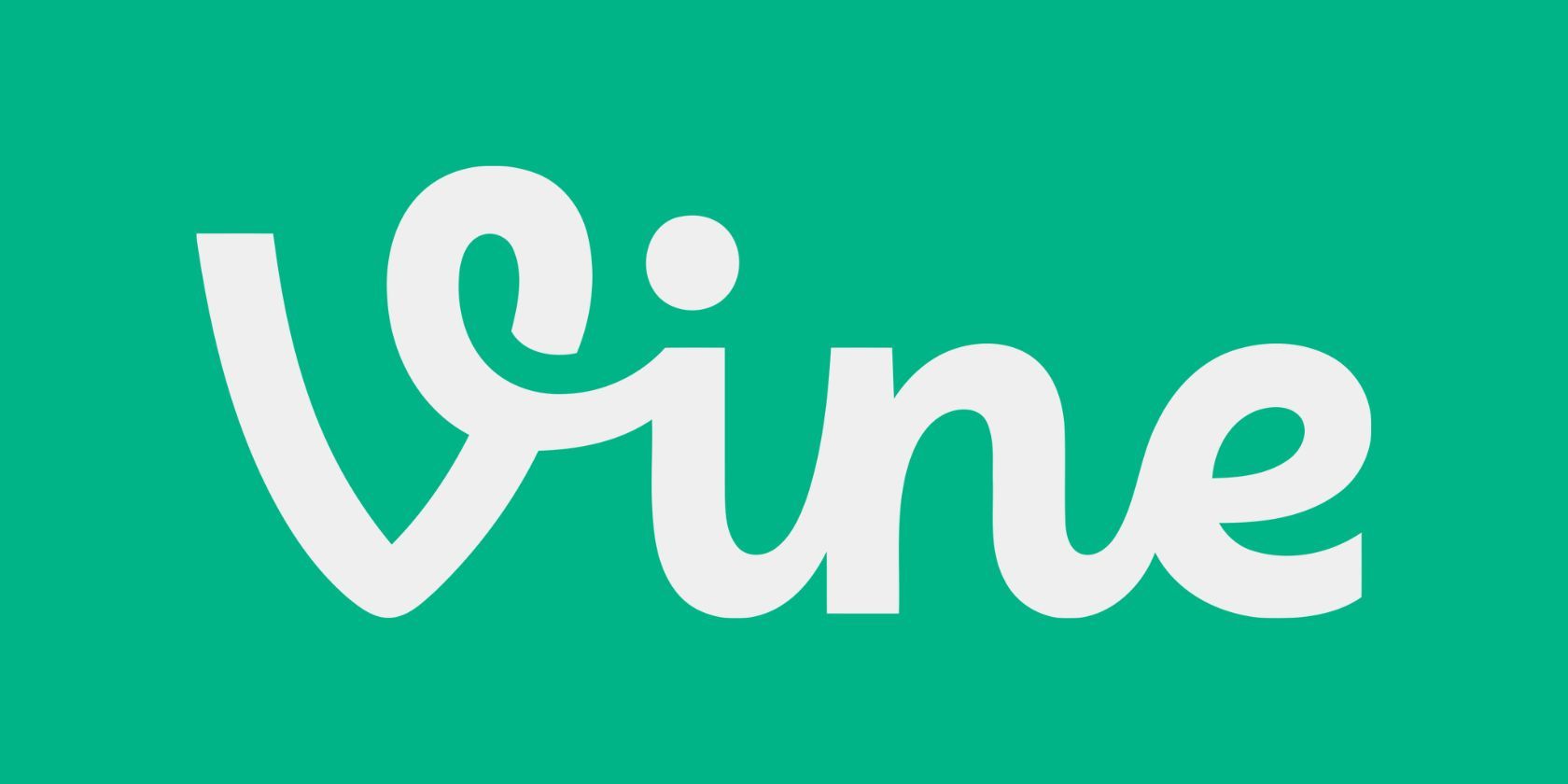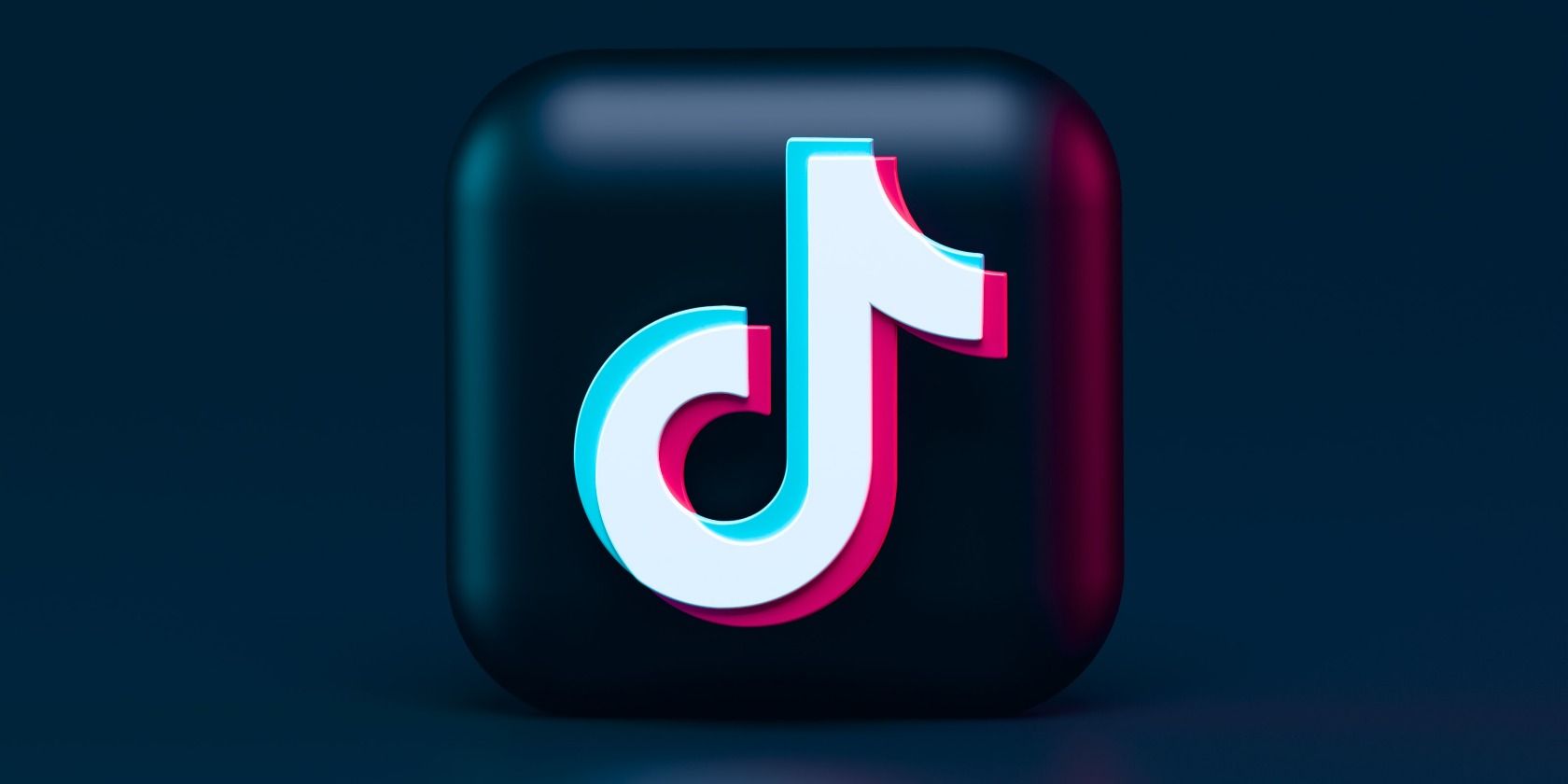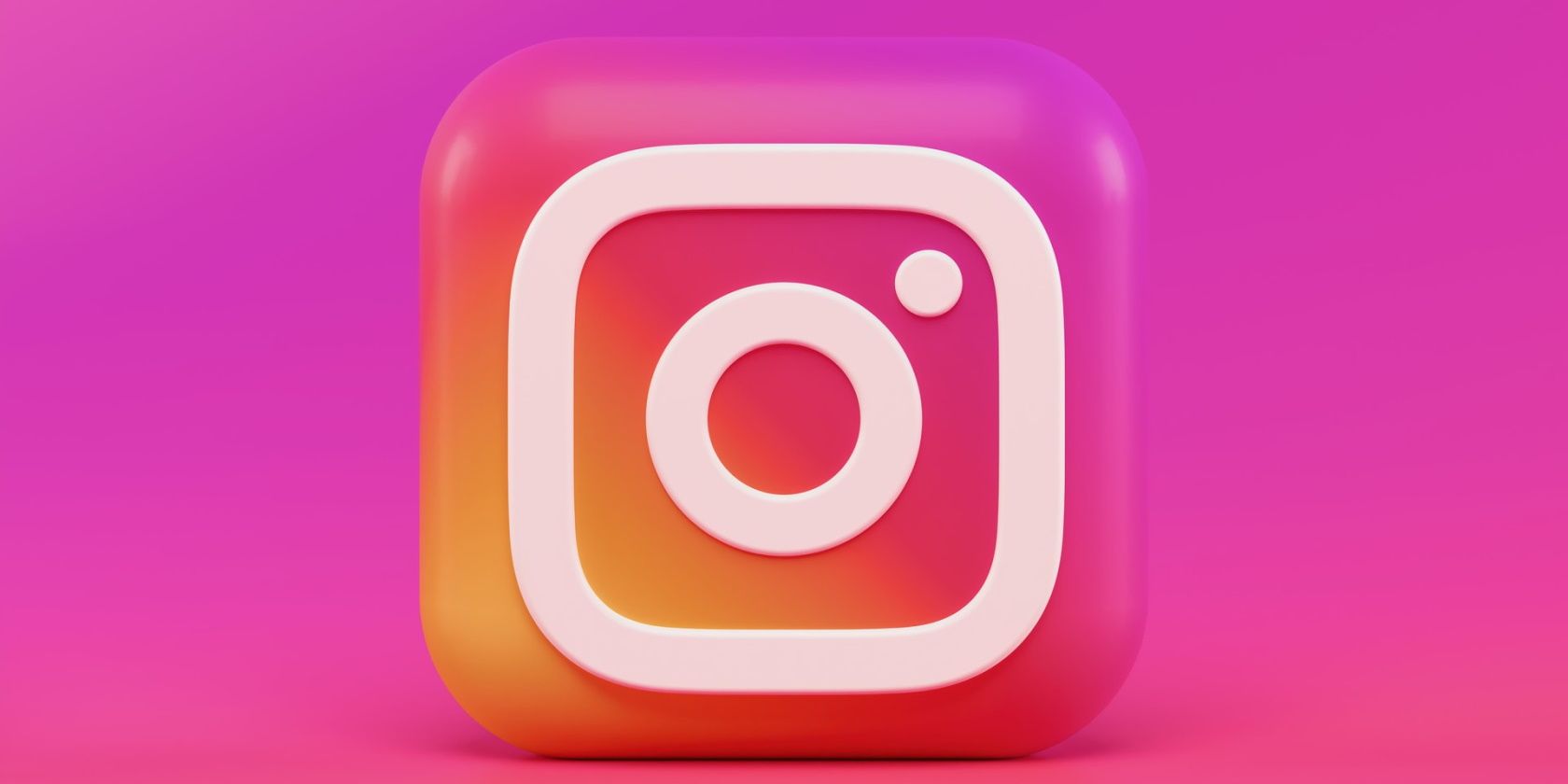Short-form video content is here to stay, whether you like it or not. From YouTube Shorts to Instagram Reels to TikToks, it seems everyone and their cat are creating content these days. But if this trend is so popular, why was Vine not able to pull it off?Remember Vine? The six-second looping video platform, in many ways, pioneered the short-form video trend. If Vine made short-video mainstream, why did it fail? And why is TikTok so successful if it works on the same core principle?Let's find out...
The History of Vine
Vine was founded in 2012 by Dom Hofmann, Rus Yusupov, and Colin Kroll. It was acquired by Twitter the same year for $30 million. The app released on Android, iOS, and Windows in 2013. In its first few years, Vine was unrivaled as it brought a completely new way for people to create and view content.
Since there was virtually no competition, Vine exploded in popularity. Creators on Vine (or "Viners") such as King Bach, Nash Grier, Amanda Cerny, and Rudy Mancuso were among the top profiles on the platform having millions of followers and billions of Vine "loops". Sadly, the beloved short-video app shut down just as fast as it grew.
In 2016, merely three years after its release, Vine announced its discontinuation on Medium. Users could still view and download Vines, but creating and posting new Vines was stopped. In 2017, the app was shut down for good and was removed from all app stores.
However, according to the Twitter Help Center, you can still watch old Vines by "using the unique URL of the Vine account, or Tweet URL if the Vine was shared to Twitter, if it has not been deleted or removed". But the full Vine archive is no longer available as of 2019.
The History of TikTok
TikTok was founded by the Chinese tech giant ByteDance and was released on Android and iOS in 2017. TikTok is essentially the international version of Douyin, colloquially known as "China's TikTok", which released in 2016 and is run on separate servers as TikTok.
TikTok wasn't an instant hit like Vine, it started gaining popularity after ByteDance acquired Musical.ly towards the end of 2017 and merged it with TikTok in 2018. Fast-forward to today, and TikTok has successfully become one of the most popular social media apps of all time.
With over one billion monthly active users in 2022, Gen Z as its target audience, and an estimated $4.6 billion in revenue as of 2021, TikTok has already outdone the likes of Snapchat and Pinterest. And it's predicted to surpass Twitter in terms of annual revenue too.
At the same time, TikTok is banned in several countries given its controversial image and being dubbed a potential security risk by some countries (due to it being owned by a Chinese company). Of course, the controversy didn't stop TikTokers like Charli D'Amelio, Khabane Lame, Bella Poarch, and Addison Rae from earning a fortune and becoming internet celebrities.
Why TikTok Won But Vine Failed
Vine's failure and TikTok's success are due to a number of factors. These include things that Vine got wrong, things that TikTok got right, and the different climates the apps found themselves in.
1. Vine Lacked Monetization for Creators
The biggest reason why Vine failed was because it had no monetization program to reward the creators on the platform. Vine was earning millions in ad revenue from user-generated content, all while its creators struggled to turn their creativity into a career.
Things got so heated the top creators reached Vine management to make them sign an official deal, but Vine rejected this. So, naturally, those creators left the platform for the most obvious alternative at the time—YouTube. A lot of popular "Viners" had their own YouTube channel where they'd post compilation videos of their Vines to earn a living.
Vine didn't want to pay its creators for the content they were already producing for free, but TikTok understood that to keep creators creating, they need to be compensated—as is evident by the TikTok Creator Fund. TikTok nailed the business fundamentals of the attention economy while Vine refused to even acknowledge it.
2. Different In-App Content Creation Tools
Vine didn't offer any in-app content creation features for its creators to play around with, which made the whole experience of creating videos much more difficult and time-consuming. Users were left to figure stuff out on their own and had to rely on other third-party tools to create content, rather than creating videos entirely in the app.
TikTok is very different in comparison. The app has a ton of filters, effects, sounds, and text that help you create your videos the way you want. It's easier, faster, and more fun. This means creators make more videos in a shorter amount of time.
A rich library of in-app tools helps creators create better content, and they help businesses advertise their products and services more effectively. This, as a result, helps TikTok gain more engagement, get more deals, and earn more revenue. Vine didn't have any of this.
3. TikTok's Viewers Are More Engaged
Vine had a very centralized creator community. That means only a fraction of users would actually create content on a regular basis while most of them were simply passive viewers. Out of the already limited number of creators, only a handful were actually popular. It wouldn't be an overstatement to say that they were keeping the platform alive.
In comparison, TikTok has a more decentralized creator community. That means more people on TikTok are likely to create their own original content instead of being silent viewers.
The more content being published on the platform, the more engagement and ad revenue it gets. This then helps TikTok expand its creator fund which again motivates more people to become TikTok influencers, as the cycle continues.
4. Growing Competition
As is the nature of competition, when other platforms saw Vine's success and the promising future of this new and blooming short-video industry, they added the same features to their own app. YouTube was already a big problem for Vine, but Instagram and Snapchat made it worse by adding video products to their service similar to Vine.
And since Instagram and Snapchat had a bigger audience and more features, they dominated Vine and made its creators shift platforms. Vine couldn't keep up with the overwhelming amount of competition as it didn't have enough expertise or resources to push back.
TikTok Served Its Audience Better Than Vine
Did Vine have the potential to be successful? Definitely. The core concept of the app was no doubt revolutionary, but there's a difference between having a great idea and being able to turn it into a sustainable business model.
TikTok didn't pioneer short video, it just added its business expertise and additional tools into the mix that Vine left behind.
To this day, Vine co-creator Rus Yusupov sometimes tweets hinting at a Vine comeback. But we're not exactly counting on that becoming a reality given how the short-video industry has now become more saturated and competitive than ever before.





